

Table of Contents
Have you ever wondered how massive ships are loaded and unloaded at ports, or how construction workers effortlessly hoist heavy materials to towering heights? The answer lies in a seemingly simple yet ingenious invention: the pulley.
Pulleys are fundamental simple machines that use grooved wheels and ropes to change the direction and magnitude of force. They have been instrumental in overcoming challenges and facilitating tasks for centuries, playing a vital role in various fields from construction and engineering to everyday activities.
In this comprehensive blog, we’ll embark on an engaging exploration of pulley system, delving into:
Whether you’re a curious student, a DIY enthusiast, or simply someone fascinated by the world around you, this blog is your one-stop resource for understanding pulleys.
While the exact identity of the individual who first conceived the pulley remains shrouded in history, Archimedes, the renowned Greek mathematician is often associated with its invention. Archimedes’ contributions to the understanding of leverage and mechanical advantage provide a strong foundation for the development of pulley systems. His work laid the groundwork for the emergence of more sophisticated pulley designs.
The pulley, a seemingly simple yet versatile tool, boasts a rich history intertwined with human progress. Its journey spans millennia, from facilitating tasks in early civilizations to powering complex machinery in the modern world. Here’s a detailed timeline exploring the key milestones in the pulley’s remarkable story:
While the exact origin of the pulley remains shrouded in the mists of time, archaeological evidence and anthropological studies suggest that prehistoric humans might have utilized primitive forms of pulleys as early as 10,000 BC. These early inventions, though far simpler than the complex block and tackle systems of later eras, laid the foundation for the remarkable journey of this versatile tool.
Here’s a glimpse into the potential applications of pulleys in the prehistoric era:

It’s important to note that concrete evidence of these early pulleys is scarce. However, the combination of archaeological findings, anthropological studies, and logical reasoning paints a compelling picture of the potential role that prehistoric ingenuity played in laying the groundwork for this fundamental invention.
The pulley’s remarkable journey began in the ingenuity of ancient civilizations, where it became a cornerstone of construction, engineering, and various practical applications. Let’s delve deeper into the specific contributions of these civilizations:


The Middle Ages witnessed a period of significant advancements in pulley technology, paving the way for its widespread adoption and revolutionizing various industries. Let’s delve deeper into these key developments:
The invention of block and tackle systems marked a pivotal moment in the history of pulleys. This ingenious configuration combines multiple pulleys arranged in fixed and movable blocks, significantly increasing the mechanical advantage achievable. By distributing the lifting force over multiple ropes, block and tackle systems allowed individuals to lift substantially heavier loads with less effort.
Beyond block and tackle systems, pulleys became essential components in various inventions that shaped medieval life:
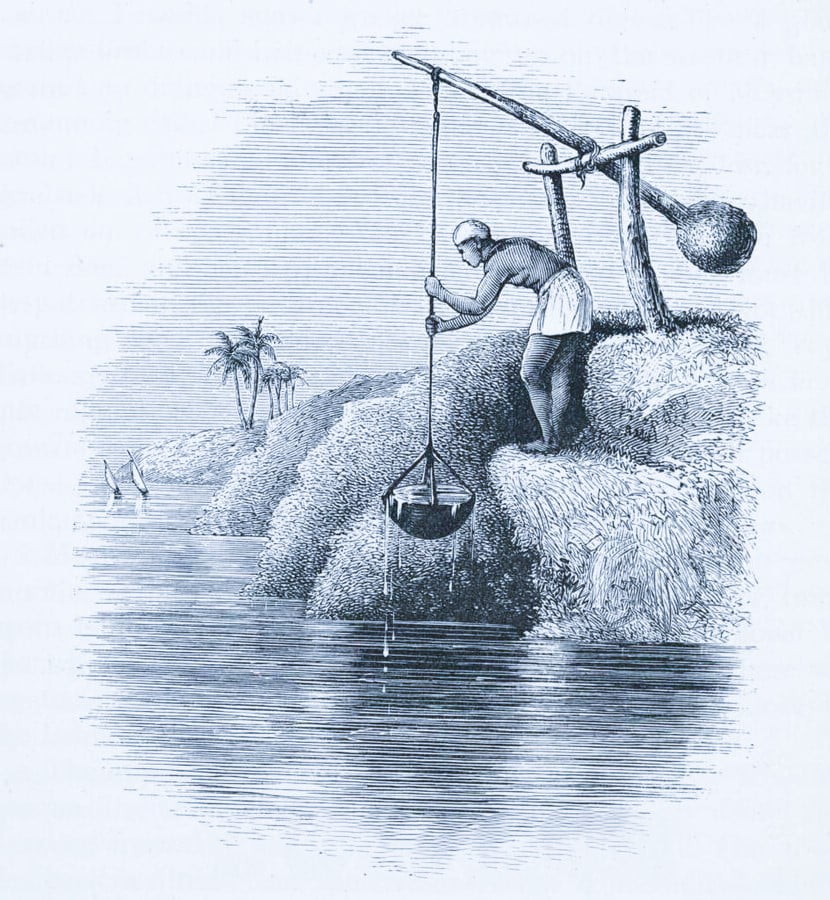
Pulleys were incorporated into devices like shadufs and well sweeps to efficiently draw water from wells and irrigation canals. An archaeological study published in the journal “Water History” (“Water Management Technologies in Medieval Europe”) discusses the use of pulleys in various water-lifting mechanisms employed during the medieval period.
The 19th century marked a turning point in human history, ushering in the Industrial Revolution and a surge in technological advancements. The pulley, far from being relegated to the past, played a pivotal role in this transformation and continues to shape our world today.

The versatility of pulleys extends far beyond the industrial age. They continue to be essential components in various aspects of our modern lives:

A pulley is a simple machine that helps to lift or move heavy objects more easily. It consists of a wheel, called a sheave, mounted on an axle, and it has a groove around its circumference where a rope or belt can sit. The basic idea behind a pulley is that when you pull one end of the rope, the object attached to the other end moves up or down.
Early pulleys featured a single wheel and a rope, allowing for basic lifting operations. However, over time, inventive minds refined the pulley system. They introduced concepts such as compound pulleys, where multiple pulleys were combined to create increased mechanical advantage. This innovation enabled people to lift heavier loads with reduced effort.
The mechanical advantage (MA) of a pulley system refers to the ratio of the output force (effort required to lift the load) to the input force (force applied to lift the object) . In simpler terms, it tells you how much easier a pulley system makes it to lift a particular weight.
Here’s how it works:
However, the key benefit of pulleys lies in their ability to change the direction of the applied force . Even though the mechanical advantage might not be greater than 1, it allows you to lift the object with less effort by distributing the force over a larger distance.
The mechanical advantage of a pulley system can be calculated using the following formula:
MA = Number of ropes supporting the movable pulley
This formula assumes that all pulleys in the system are ideal and frictionless. For more complex systems with varying pulley types and non-ideal conditions, more advanced calculations might be required.
Consider a single movable pulley: Tension (T) in the rope supporting the load balances the load’s weight (W). This equilibrium can be expressed as T = W. Introduce more pulleys, and the mechanical advantage heightens:
where n represents the number of ropes supporting the load.
Pulleys manifest in two primary types: fixed and movable. Fixed pulleys alter the direction of force, much like a flagpole rope. Movable pulleys are affixed to the load, amplifying the mechanical advantage as you pull down to lift up. But the true marvel emerges when pulleys work in tandem.
Description: In this simplest form of pulley system, a single pulley is attached to a fixed point. The load is attached to one end of the rope, and the other end is pulled to lift the load.
 |
| Single Fixed Pulley System |
Mechanism: The pulley changes the direction of the force required to lift the load. When you pull downward on one end of the rope, the load on the other end moves upward. The mechanical advantage in terms of force remains 1:1, but it makes lifting more convenient by allowing you to pull downward instead of lifting upward.
Description: This system involves a single pulley that is attached to the load itself, which is then suspended from a fixed point.
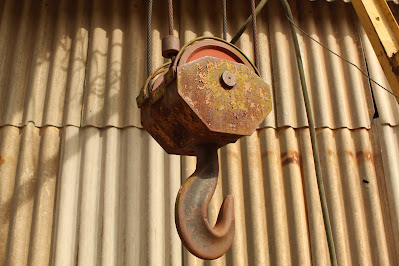 |
| Single Movable Pulley System |
Mechanism: The movable pulley supports the load, while you pull the other end of the rope. As you pull down on the rope, the load is raised with only half the force you exert. The mechanical advantage is 2:1, making lifting easier by reducing the required force.
Description: A combination of fixed and movable pulleys is used to create an efficient pulley system.
Mechanism: By combining these two types of pulleys, you can achieve a mechanical advantage greater than that of either type alone. The fixed pulleys change the direction of force, and the movable pulleys provide additional mechanical advantages. This system multiplies the advantages, making it easier to lift heavy loads.
Description: The block and tackle system consists of multiple pulleys arranged in a way that amplifies mechanical advantage.
 |
| Block and tackle pulley |
Mechanism: This system employs a combination of both fixed and movable pulleys, usually in sets called blocks. The rope is threaded through the pulleys in such a way that it creates a mechanical advantage proportional to the number of rope segments supporting the load. With each pulley added, the mechanical advantage increases, enabling you to lift even heavier loads with less effort.
Description: A compound pulley system combines multiple pulleys of different sizes and types.
Mechanism: This intricate system maximizes mechanical advantage by utilizing both fixed and movable pulleys in various configurations. By creating complex arrangements, compound pulley systems offer enhanced lifting capabilities. Such systems are often used in scenarios where heavy loads need to be lifted to significant heights.
 |
| Compound pulley system |
To bring theory to life, consider real-world examples. Have you ever wondered how elevators elegantly climb skyscrapers? Pulleys facilitate their smooth ascension. Your garage’s bike hoist? Pulleys simplify storage. Even your daily blinds employ pulleys for light management.
Compound pulley systems involve multiple pulleys working together to provide increased mechanical advantage. In the human body, there aren’t direct examples of compound pulley systems, but there are instances where multiple muscles and tendons work together to achieve complex movements.
Here are a few examples where the principles of compound pulley systems can be observed:
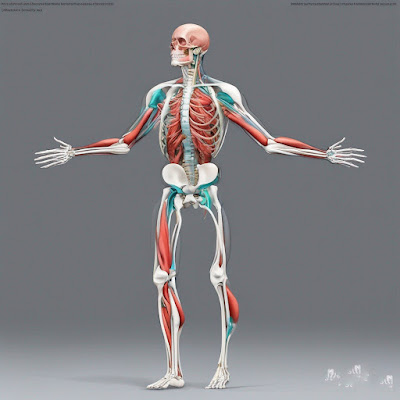
The movement of fingers involves multiple tendons working together. The arrangement of tendons in the hand can be thought of as a simplified compound pulley system. The tendons that control finger flexion and extension are routed through various pulley-like structures, known as tendon sheaths, to optimize the balance of force and precision.
The jaw movement involves multiple muscles and tendons, somewhat similar to a compound pulley system. Muscles like the masseter, temporalis, and pterygoid muscles work together to provide the force needed to open and close the jaw.
The process of breathing engages a compound system of muscles. The diaphragm, along with the intercostal muscles, creates a mechanical advantage that allows the lungs to expand and contract effectively.
The movement of the shoulder girdle, which involves multiple muscles like the trapezius, deltoids, and rhomboids, can be seen as a compound pulley-like system. These muscles work in coordination to strengthen and stabilize the shoulder joint.
The muscles and tendons that control leg movement involve multiple interactions and mechanical advantages that could be loosely compared to a compound pulley system. For example, the calf muscles work in concert with the Achilles tendon to provide the force needed for walking, running, and jumping.
While these examples don’t exactly replicate a traditional compound pulley system, they do demonstrate the complex ways in which muscles and tendons collaborate to achieve movement in the human body. The comparison to compound pulley systems helps illustrate the mechanical advantage gained from the arrangement of muscles and tendons in these scenarios.
As you marvel at elevators’ graceful rise or effortlessly raise your bicycle using a pulley system, remember the unassuming pulley – a tribute to human ingenuity. From ancient wonders to modern marvels, this simple yet powerful invention has revolutionized our relationship with gravity. The pulley, your silent ally, works tirelessly behind the scenes, elevating us to new heights with every pull.
In summary, pulley systems are ingenious mechanical arrangements that modify force and provide mechanical advantage. From simple single pulleys to sophisticated block and tackle and compound systems, each type serves to make lifting easier and more efficient. Understanding these systems not only enriches your knowledge of mechanics but also allows you to appreciate the role they play in various applications, from everyday tasks to industrial operations.
Also, Check out interesting blogs-
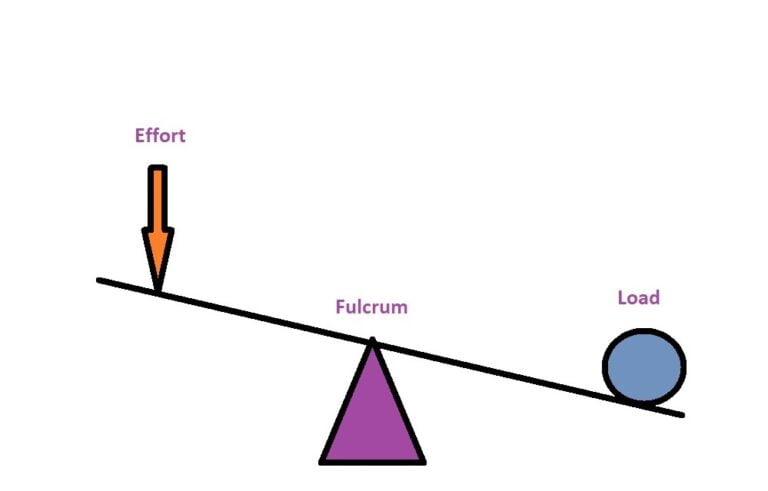
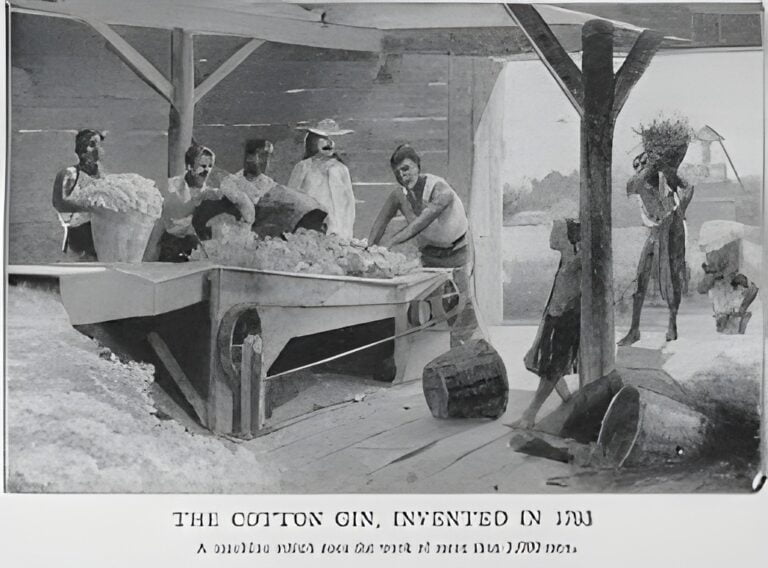
19 August 2023

18 March 2024
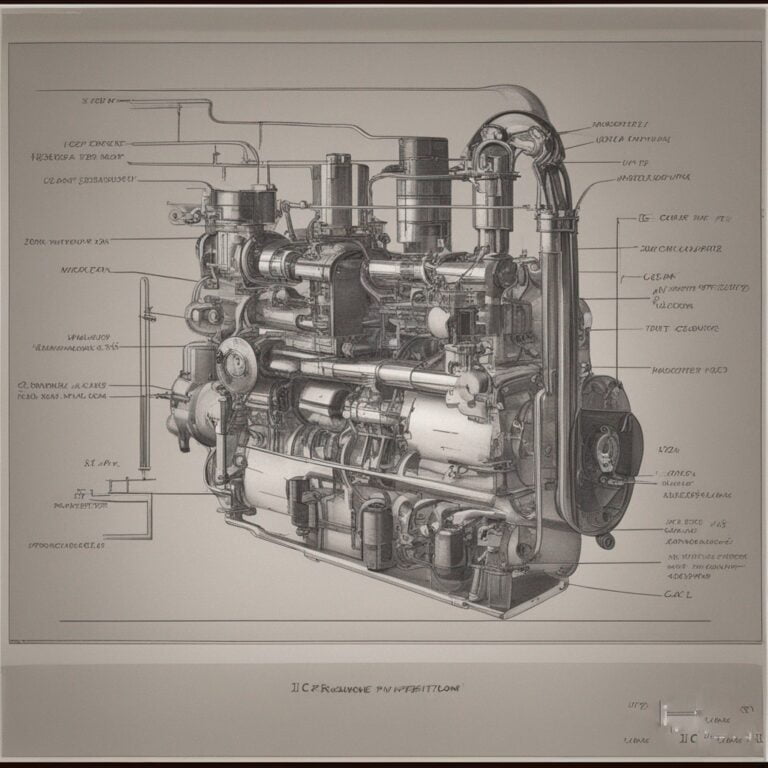
2 July 2023
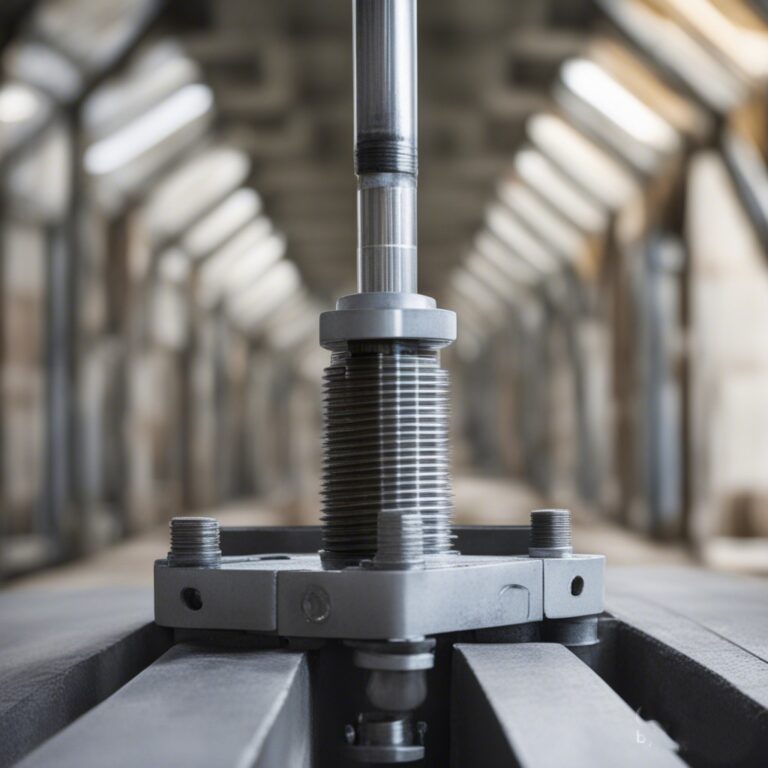
9 August 2023
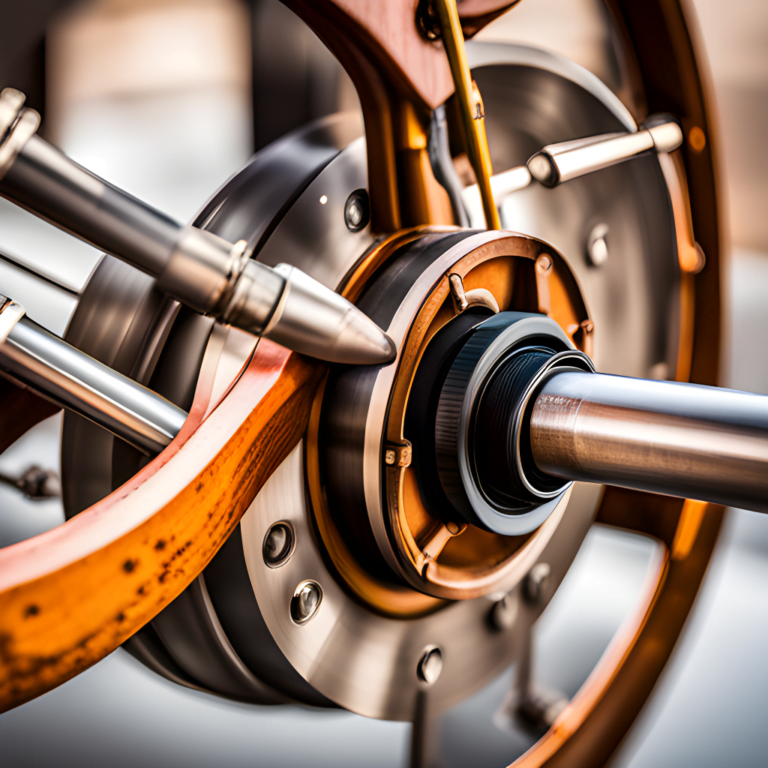
16 September 2023